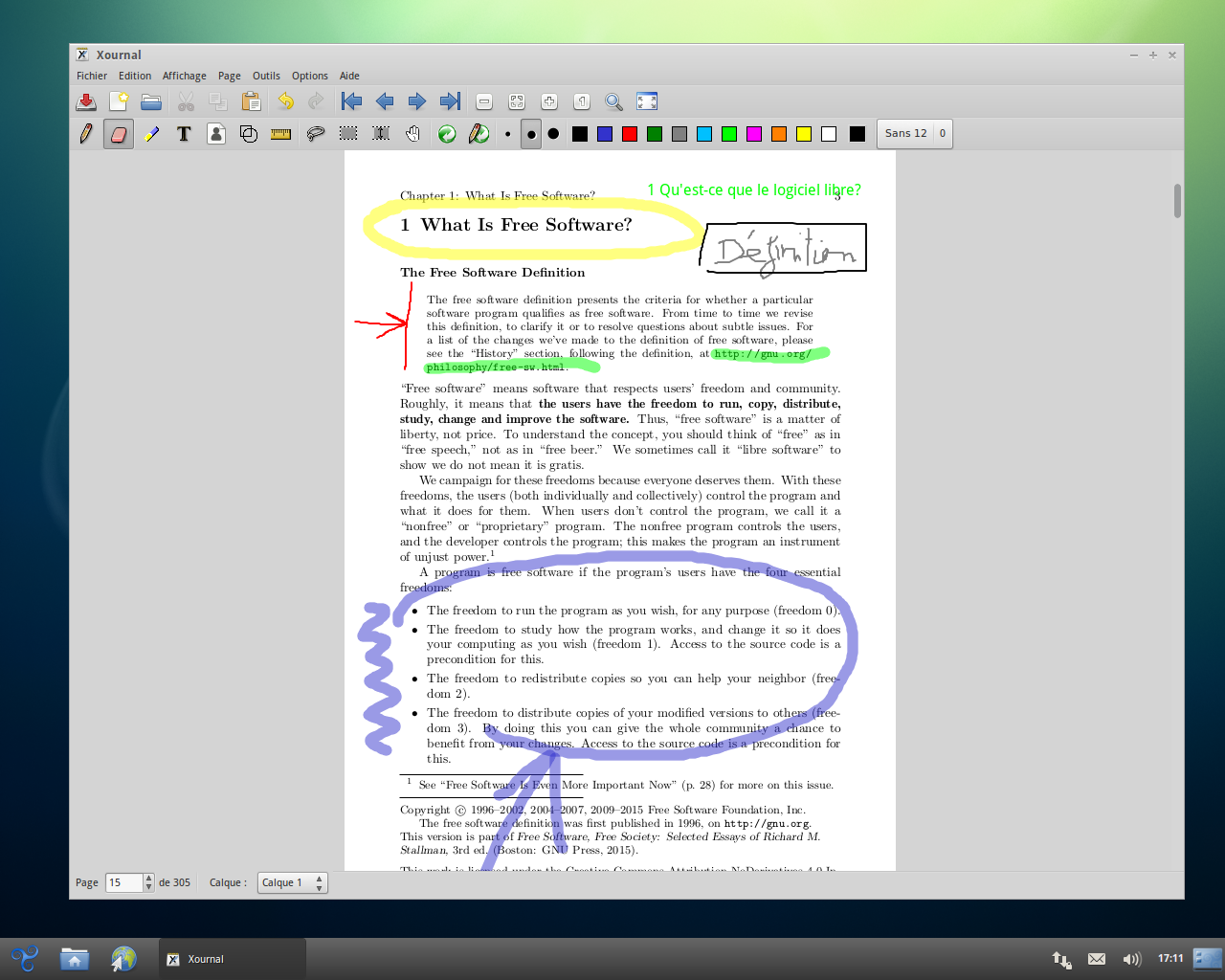

Marking Up Papersįirst off, you’ll need to collect the assignment from the students electronically. Natalie Houston over at ProfHacker wrote a post about grading with that system last month. At some colleges and universities where the CMS includes the paper management and plagiarism checking system Turnitin, the GradeMark add-on to that system provides an option for electronic grading. For papers longer than a page, you’d want an actual word processor file to allow for proper formatting and footnotes. But that feature only applies if the students compose and submit their work directly through the system. You want them to read your comments and markups and make the revisions on their own.Īt our university, the SAKAI based course management system (CMS) allows the instructor or TA to input comments using brackets within the student’s text. You don’t want the student to simply “accept all changes” you’ve made. However, this feature isn’t really appropriate for the student-teacher (or TA) relationship. The number of keystrokes and mouse clicks required slows the process and keeps you computing when you need to be grading.įor business users and others doing collaborative work, the Track Changes feature in Word and other word processors offers a very powerful tool for marking up someone else’s work. Unfortunately, inserting comments and typing such notes into a word processor isn’t nearly as convenient. These marks are quick and easy to make with a pencil. I find, often enough, that a simple question mark best illustrates my profound confusion with what’s being said in a paper. When grading a paper, you need to be able to read and mark quickly, often leaving just a single word, phrase, or editor’s mark above a word or sentence. It seems as if the added time required to grade papers electronically represents a significant obstacle to the adoption of a largely paperless classroom. Unlike many aspects of life, grading papers is faster with a pencil than with a computer. There are many that do exactly what doPDF does.
#Zotero pdfinfo pdf#
Similarly, you can use your preferred PDF creation software.

You’ll just want to make sure that it offers you the ability to add comments to existing text.

For those of you who dislike Microsoft products or simply don’t own a copy of Word, any full-featured word processor should do. As a follow-up, I wanted to spell out the method I use for marking up student papers electronically using a combination of AHK, Microsoft Word, and doPDF. Please carefully review your citations for accuracy.A few weeks back I detailed the many benefits of using Autohotkey (AHK) to create custom hotkeys and automate keystrokes. NOTE: Metadata is only as good as the source from which it comes. Or you can save the citation information from another catalog or database and then drag the PDF onto the citation to make it an attachment. If Zotero can't find metadata for an item, you can right-click on it and choose “Create Parent Item” to manually enter the citation information.
#Zotero pdfinfo full#
If Zotero can find a match for the item, it will create a full citation with the available data and attach the PDF: In the middle pane, select the PDFs you want citation information for, right-click on the PDFs, and select "Retrieve Metadata for PDFs." If you have PDFs without citation information in your library, you can get the information manually. If you prefer, you can disable these automatic functions in the General pane of Zotero preferences (see Zotero's general documentation for instructions).
#Zotero pdfinfo plus#
When you drag and drop PDFs into Zotero or use the "Store Copy of File" or "Link to File" options from the add new item menu (green plus sign), Zotero will add citation information to the PDFs and rename the associated files (see Zotero's blog about new PDF features for more information). Zotero imports citation information for the PDFs you add to your collection automatically (known as 'PDF indexing').


 0 kommentar(er)
0 kommentar(er)
